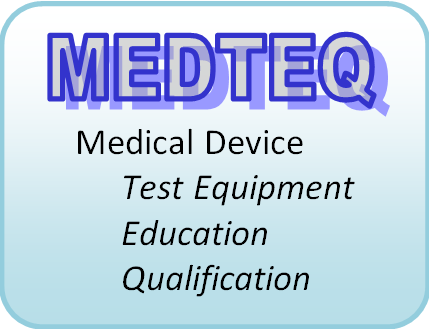The standard IEC 60601-1-10 applies to physiologic closed loop controllers (PCLC): devices that try to control a physiological parameter through feedback. A simple example is an infant incubator where the system controls body temperature using a sensor placed on the infant.
Despite being obviously applicable for many devices, there are bound to be some borderline situations where it is unclear if the standard should apply.
In Annex A of the standard, several examples are given as systems which are not PCLCs. Example #3 is a ventilator, which can control parameters like flow, pressure and volume and breathing rates. The conclusion of the committee was that pressure is not measured “from” the patient, and therefore a pressure controlled ventilator is not a PCLC.
But it is cited as being a difficult example to analyze, and it is worth to look closer why. The problem is that volume, pressure, flow and breathing rates are all parameters that could be considered physiological. Why then are the PCLC requirements not applicable?
The key may come down to the part of the system called the “patient transfer element”, which is shown as element “P” in Figure 1 in the standard (refer to the standard for context / definitions):
According to the rationale (Annex A, sub clause 1.1), the “…standard was developed [in part] to address … the difficulty in adequately characterizing the PATIENT TRANSFER ELEMENT”. This suggests the nature of the patient transfer element is important in determining the scope.
In the case of, for example, a blood glucose controlled insulin pump, there is a complex body process between the injection of the insulin through to the final blood glucose level. The modelling of this process is obviously critical to the overall loop performance, and should be well documented.
Similarly for an infant incubator (in “baby controlled mode”), the output of the control system is heat (power, in Watts), which the infant’s body converts into body temperature (°C).
In these cases, we can clearly see that there is a non-unity transfer element (P ≠ 1) between the equipment’s output (m) and the physiological parameter we are trying to control (y).
In contrast, for a ventilator there is in effect a unity patient transfer element – parameters like airway flow and pressure are both the system output and the parameters used for control, as well as being (potentially) a physiological variable. In this case, m = y, and P = 1. Although the patient influences the system, it acts only as a variable load, and does not form part of the feedback loop.
Another way to look at this is to say that a patient’s physiologic variable just happens to coincide with a non-physiological parameter that used for control. For example, a pacemaker may output a fixed rate of 60bpm, which under normal conditions coincides with the patient’s heart rate, a vital physiological parameter. Nevertheless, the pacemaker does not use the patient’s heart rate for control, and it does not form part of a feedback loop.
So an improved definition may be that PCLC is a system where a physiologic variable is used for feedback, and where there is an identifiable non-unity patient transfer element (m≠y) that forms part of the control loop.
Unfortunately the above interpretation cannot be directly taken from the normative part of the standard. If a system exists where P = 1 (and m = y), nothing could be found in the scope statement, and definitions which would clearly exclude such a system from the standard.
However, the interpretation can be supported by noting that all the examples of PCLCs in standard have non-unity patient transfer elements. Further, it helps to better explain why example #3 in Annex A is not considered a PCLC. Finally, the title of the standard refers to a “closed loop”, it is logical to expect that the physiologic variable necessarily forms part of the loop. The fact that a loop variable is the same as a physiologic variable is not enough condition to be considered a PCLC.
The standard should remain be an important reference where the patient or environment forms a variable load on the output of a control loop. The ability of control loops to respond to disturbances (e.g. door opening in an infant incubator operating in air controlled mode) is often not well documented in risk management, specifications or general design control. Nevertheless, the fact that a system is susceptible to external disturbances should not be a criteria for determining if the standard IEC 60601-1-10 is applicable.

